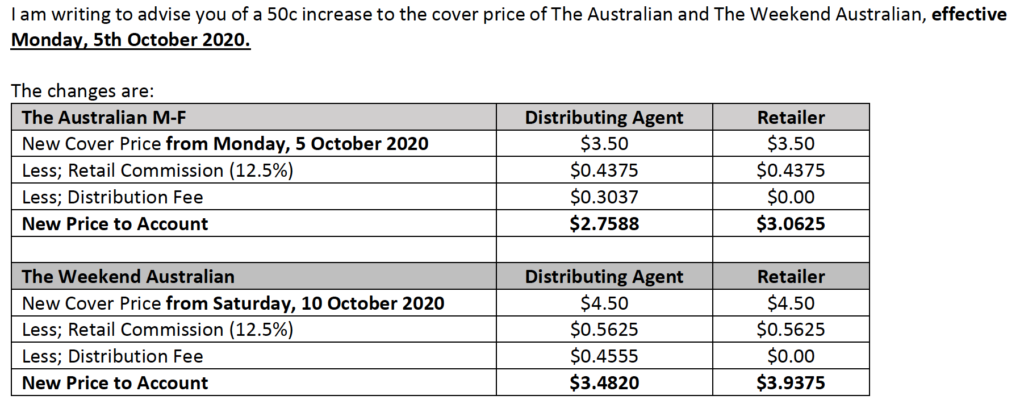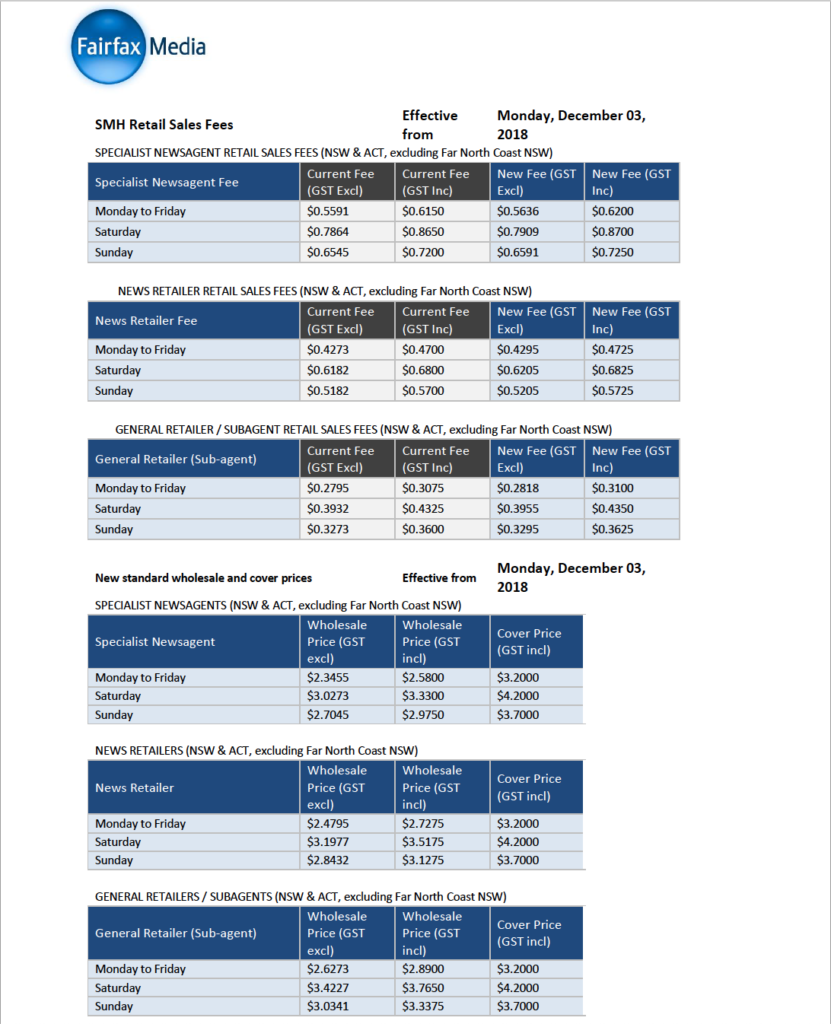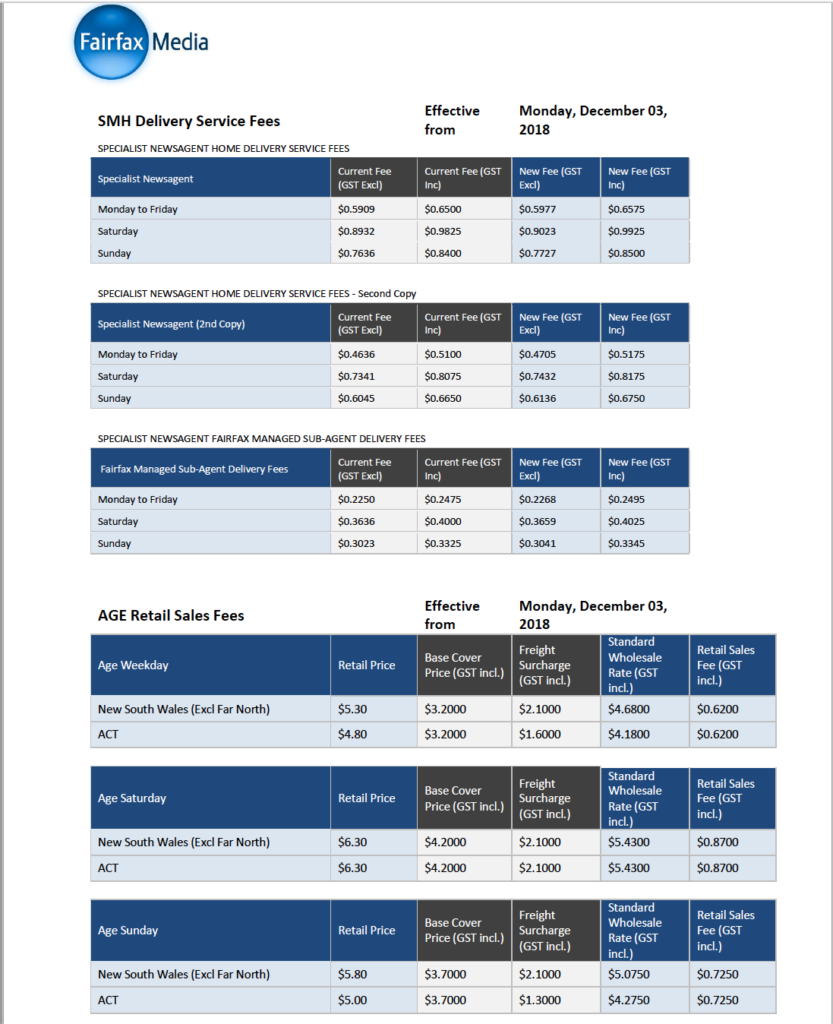A colleague newsagent from Ireland emailed me yesterday about a significant change in trading terms by their managing and newspaper wholesaler. Here is their story, which I have edited slightly to remove identifying information:
I am the guy who gets up early in the morning, every morning, to haul the bundles of magazines and papers into my store where I carefully and proudly display title after title, many full facing to entice the reader, your customer…to buy. I am the store they love to go to, to browse the hundreds of titles on display.
My store and many more like mine is where your products reach their buyer.
Menzies Distribute your product in Ireland and recently bought out Easons from the EM News Distribution in Ireland. It would seem that they are deploying new tactics too.
We have been newsagents for decades. We have always paid our suppliers on time and the same applies to Menzies. For the record we do not owe any outstanding invoices over 30 days to Menzies.
However I recently received an email from Joanna Nizynska, who represent the accounts department in Menzies in Edinburgh, informing me that our payment terms are now changed to the following:
“all invoices within a calendar month due on the 1st of the next month.” So we are invoiced every Saturday for the current week and all invoices then in August, must be paid on September 1st.
This is effectively a reducing credit term with the last invoice of the month possibly having only days credit?
Without access to the standard terms of 30 days credit most retailers would close.
I am asking for your help where possible to make representation on this issue.
It has been implied by Menzies representatives that If i don’t meet these new demands that i may suffer disruption to the supply of papers and magazines to my store. In other words they suspend or close my account. Bullying me into accepting new terms and conditions or face no supply as they have a monopoly in Ireland.
Is this how we want the industry to go, is this what you the publishers want? is this what you the trade representatives want? We all know the stats in terms of print media but a bigger issue in my opinion and a factor in the whole story is how Newsagents all over the World are being treated by the industry.
Encourage us instead of badgering us, incentivize us instead of penalizing us, help us to help you grow!
Is this the end of the road for Newsagents in Ireland?
How would Australian newsagents feel if any of their suppliers introduced such a change to trading terms?
My opinion is this move by Menzies in the UK is bad. I agree with the newsagent who originally wrote about it. Eliminating usual business trading terms will hurt small business retailers for sure.
If costs have increased, suppliers need to have their customers, the magazine publishers, pay. It is unreasonable to force small business owners, those located at the bottom of the food chain, to pay.
We see this in Australia with uneconomic terms of magazines causing newsagents to react by reducing their space commitment to the category.
At some point publishers and distributors will wonder what happened. Them being disrespectful of small business retailers is what happened. That is what I think is happening here in this story from the UK.












